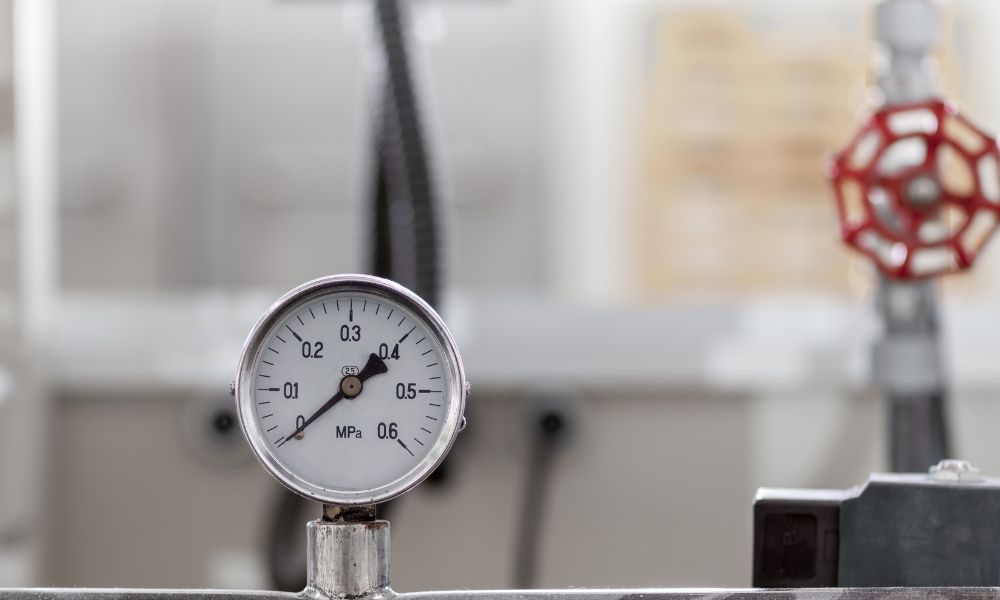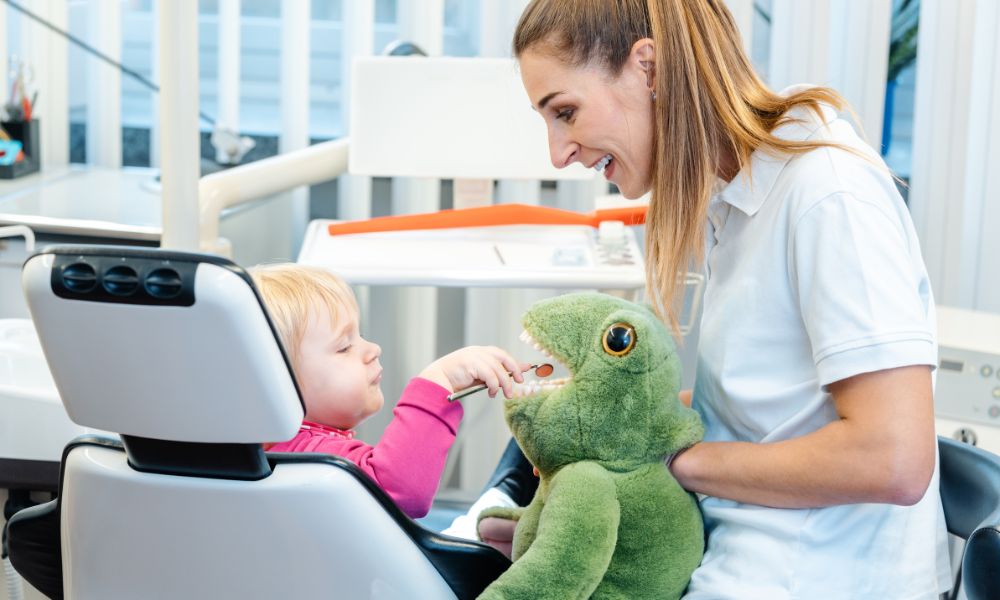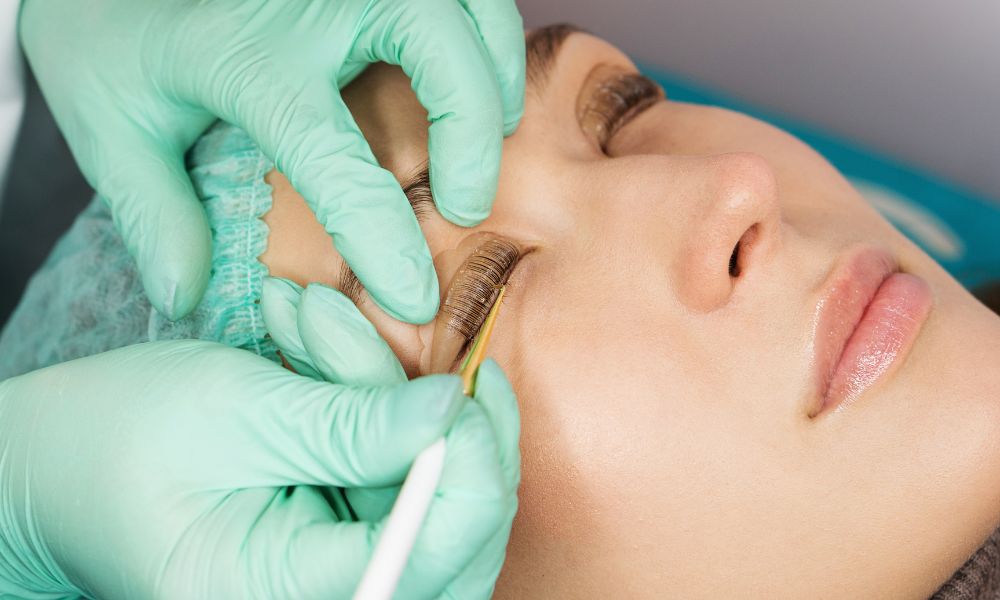Chicken can be dangerous if you don’t prepare it properly—that goes for all cuts of chicken and all other types of poultry. From undercooking the meat to cross-contamination, cooking and preparing chicken can go wrong in several ways. But we can prevent these common chicken prep mistakes with this list of tips for safely handling chicken.
Clean Everything Except the Chicken
Because chicken and poultry can contain bacteria, it may seem wrong not to wash your meat before preparing it. However, washing your chicken in the sink can actually do more harm than good. Running raw chicken under the faucet could splash bacteria onto other surfaces, tools, and foods that you are cooking with. The best way to clean your chicken before cooking is to blot it with paper towels and then dispose of these immediately. Wash anything that has come into contact with the raw chicken, including knives, cutting boards, and other tools. Thoroughly wash these tools before using them on any other meats or vegetables to prevent cross-contamination. There is also one last thing to wash—your hands! Wash your hands constantly while handling chicken, as you’ll be touching all the ingredients you’re working with.
Be Mindful of Your Surfaces
As mentioned, you should never wash your chicken in the sink, as it risks spreading bacteria to other surfaces in your kitchen. And while it may be tempting to save time and space in your refrigerator, never defrost or marinate chicken on your kitchen counters. Bacteria grow faster when you leave chicken at room temperature, and you also risk spreading bacteria from juices that may drip onto your counters. Always use a plastic cutting board when slicing chicken and other meats, as plastic is less absorbent and easier to clean than wood. And finish with cleaning your countertops again after you’ve prepared the chicken.
Proper Storage and Cooking Time
Again, when not cooking with it or eating it, you should always store chicken in the refrigerator or freezer. You can freeze it for longer periods, but just remember to defrost it in the fridge overnight rather than on the countertop or in the microwave. Because there are various cuts of chicken, each with different cooking instructions, peruse your cookbook or recipes online for exact times and temperatures. You should also use a meat thermometer to make sure it cooks all the way through; your chicken should have an internal temperature of at least 165 degrees Fahrenheit. When you cut into it, any juices should appear clear, not pink.
The most important tip for safely handling chicken is to be mindful. Chicken is a delicious and versatile ingredient in many recipes, but it can be home to invisible bacteria. By following these tips, you will be completely safe in your preparations for your next chicken-centric meal!






